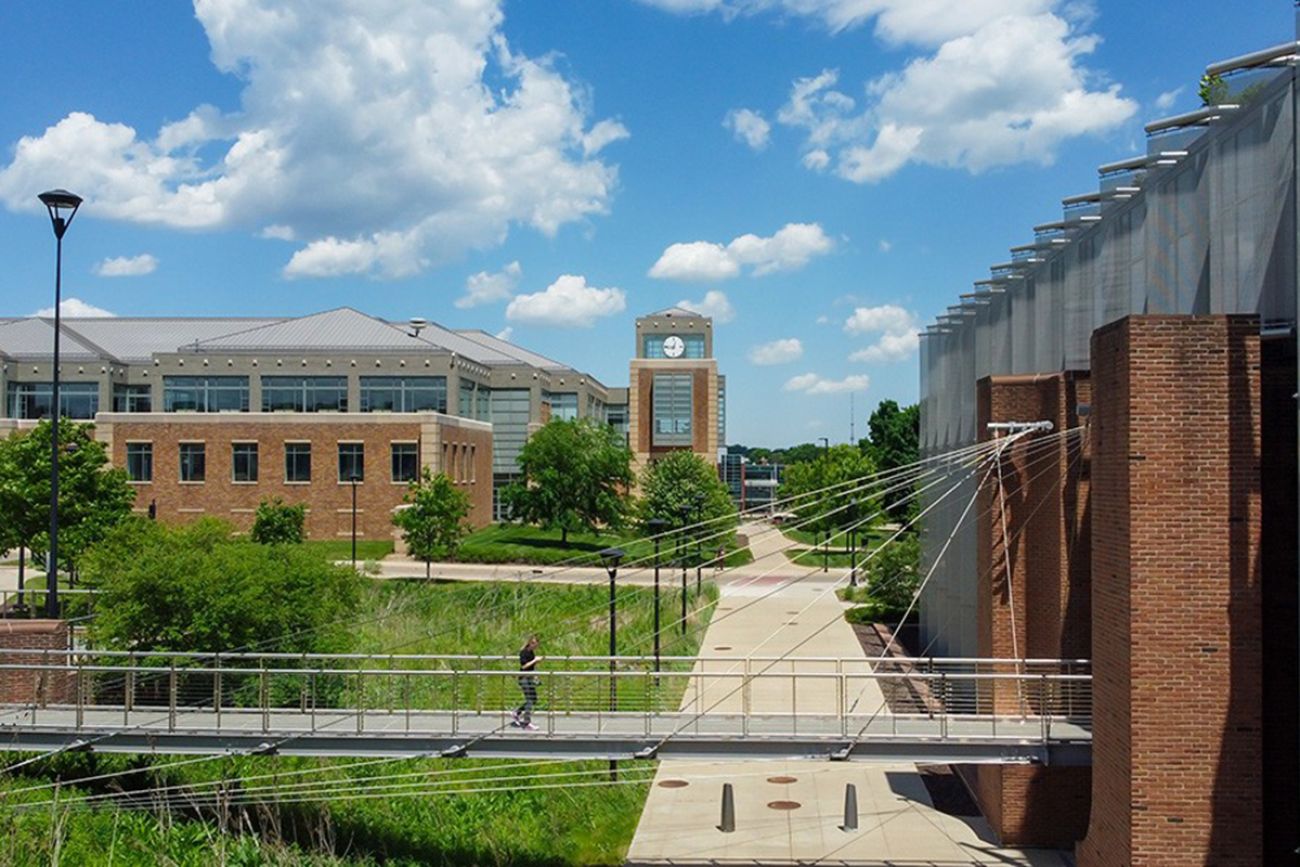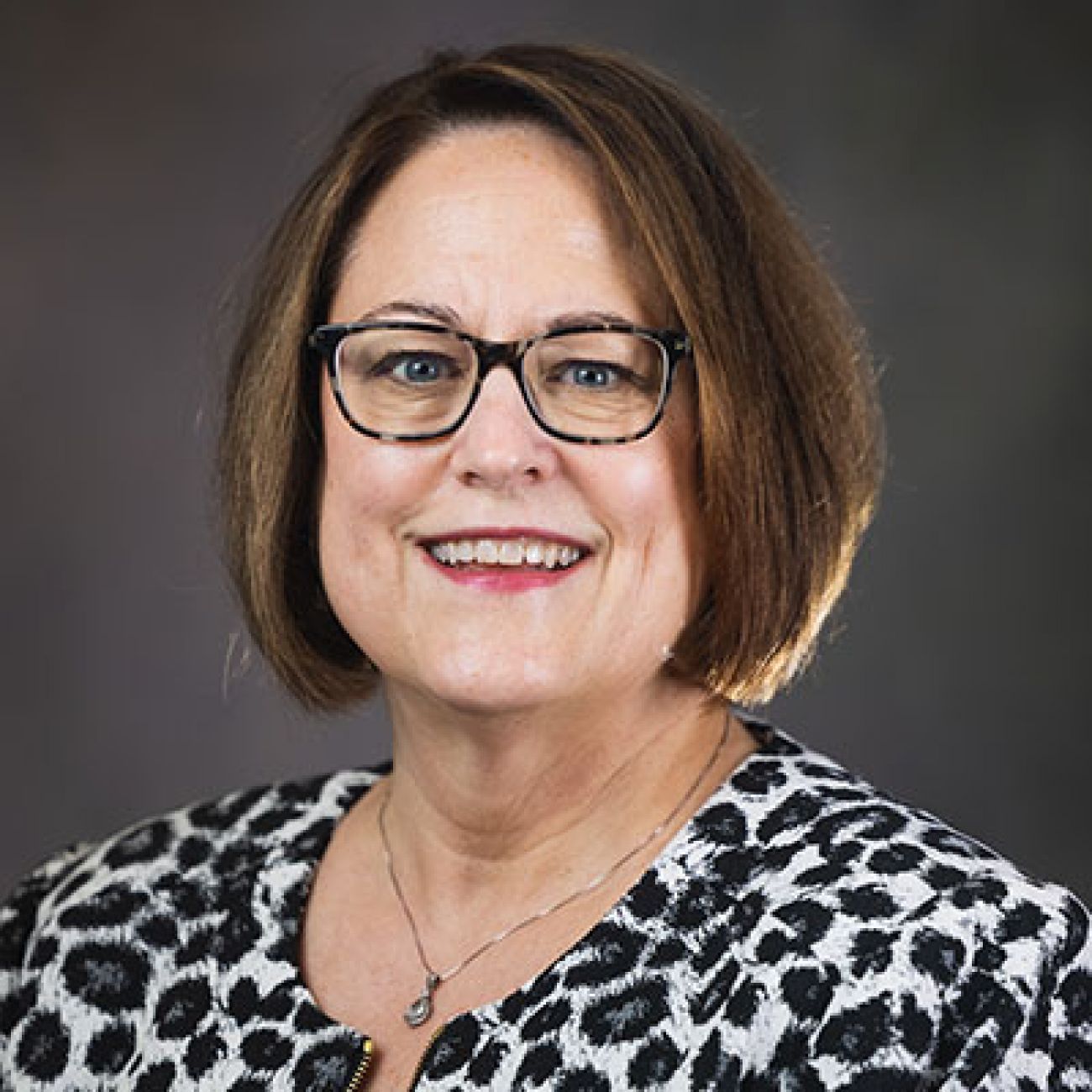FAFSA filings down at Michigan universities. Will enrollment follow?

- A delayed federal financial aid process continues to affect students and public universities
- FAFSA completions are down but some public universities report being optimistic about fall enrollment
- Many regional public universities have already suffered enrollment declines in recent years
Michigan university officials say they are cautiously optimistic about fall enrollment numbers despite a decline in student aid requests that followed the federal government’s botched rollout of a new application process.
The delay of the Free Application for Federal Student Aid (FAFSA), along with subsequent processing errors, caused headaches for schools as they tried to accurately communicate how much in scholarships, grants, work study and loans current and future students were eligible to receive.
Fewer students have filled out the application as a result, prompting predictions the FAFSA fiasco could discourage enrollment and pose a major setback to attempts to grow Michigan’s educated workforce.
Any potential enrollment impact would be a particularly big deal for regional public universities largely attended by in-state students. Lower birth rates and increased competition for high school graduates in Michigan have already contributed to enrollment declines over the last several years.
Universities use summer orientation data to help predict fall enrollment, but leaders acknowledge that some potential college students are not as far along in the decision-making process as prior years given the FAFSA delays.
Katie Condon, vice president of enrollment management at Eastern Michigan University, told Bridge Michigan there were 34 high school seniors registered for a campus tour last week and this week who have not yet applied to the university.
Related:
- More students graduating in four years from Michigan public universities
- FAFSA fiasco leaves Michigan students, families in ‘anxiety inducing’ limbo
- Michigan spread word on free college. But are residents listening?
- Whitmer wants free community college for all. Michigan House has other plans
That makes it feel more like March than June in the college application cycle, she said.
“If there were no seniors still raising their hand saying ‘we're interested,’ then I would be less optimistic,” Condon said. “But I think that we're still optimistic in what our freshman class will look like.”
Still, Condon and others acknowledge FAFSA submissions are down, meaning fewer students are applying for the kind of aid needed by many students to afford college.
EMU has seen a roughly 20% decline in FAFSA submissions for both first-time college students and continuing college students, Condon said.

She estimates that some students are “leaving upwards of $25,000 on the table when it comes to not filing their FAFSA and not getting a financial aid package from Eastern.”
‘Unfortunate’ for students
Because of the form’s delayed rollout, it’s possible that some high school seniors chose to submit their financial aid information to fewer schools. But overall FAFSA completions are also down.
Roughly 41% of Michigan high school seniors have completed the FAFSA through June 7, according to the National College Attainment Network. At about the same time last year, 48% of students had completed the FAFSA.
That means 7,348 fewer students have completed the application.
At Wayne State, for first-time college students, 59% of admitted students have filled out a FAFSA compared to 67% a year before, said Ericka Matthews-Jackson, senior director of Admissions.
FAFSA submissions are also down for continuing students. Amongst Wayne State students who were enrolled last year, 34% of them have filled out a FAFSA for the 2024-20254 school year, compared to 39% the previous year.
At Central Michigan University, the university previously had 6,136 FAFSAs on file for continuing college students and has 4,652 this year, according to vice president of student recruitment and retention Jennifer DeHaemers.

The FAFSA is also required for students to be considered for a new state scholarship that provides up to $5,500 per year for students to attend a public state university, $4,000 a year to attend an independent nonprofit college or $2,750 a year to attend a community college.
At Grand Valley State University, officials anticipate enrollment “will be strong, but it would have certainly been stronger” had there not been FAFSA issues, said Danny Vélez, associate vice president for admissions and recruitment.
The university is coming off a strong enrollment year. In 2023, Grand Valley enrolled about 25% more first-year students than it had the prior fall.
“We always in education, especially at Grand Valley, want to serve all learners,” Vélez said, “and… it's just unfortunate that the learners most impacted may not pursue any one education at this time because of this experience.”
While the federal government says it has resolved many of the issues that initially plagued the new FAFSA process, some students are still running into issues.
Melanie Mulder, assistant director of financial aid at Ferris State University, said she is “cautiously optimistic” about enrollment but noted there are still students who do not have correct information about their financial aid.
University financial aid officials are allowed to make what is referred to as “professional judgment” decisions to make FAFSA corrections on a student's submission if that student’s financial situation has changed significantly.
Mulder said the federal government has not yet opened up that process to schools. She estimates roughly 100 to 150 potential or current Ferris students are waiting on this corrected financial information.
DeHaemers, of CMU, said she anticipates meeting and possibly exceeding the university’s goal of 2,090 first-year students. She said deposits, housing contracts and summer orientation attendees are all up.
“Things are looking really good for us,” DeHaemers said.
Michigan Education Watch
Michigan Education Watch is made possible by generous financial support from:
Subscribe to Michigan Education Watch
See what new members are saying about why they donated to Bridge Michigan:
- “In order for this information to be accurate and unbiased it must be underwritten by its readers, not by special interests.” - Larry S.
- “Not many other media sources report on the topics Bridge does.” - Susan B.
- “Your journalism is outstanding and rare these days.” - Mark S.
If you want to ensure the future of nonpartisan, nonprofit Michigan journalism, please become a member today. You, too, will be asked why you donated and maybe we'll feature your quote next time!






